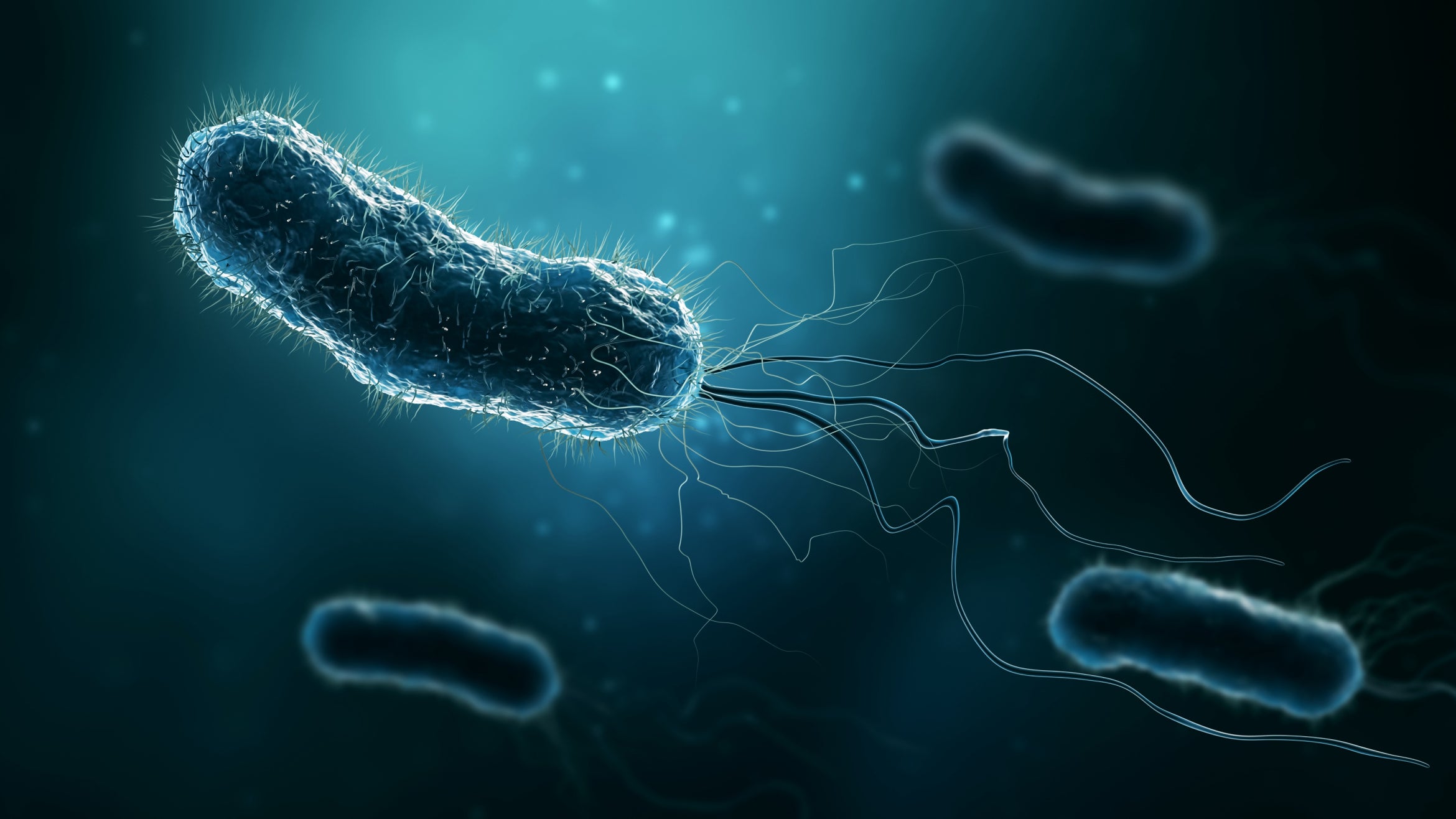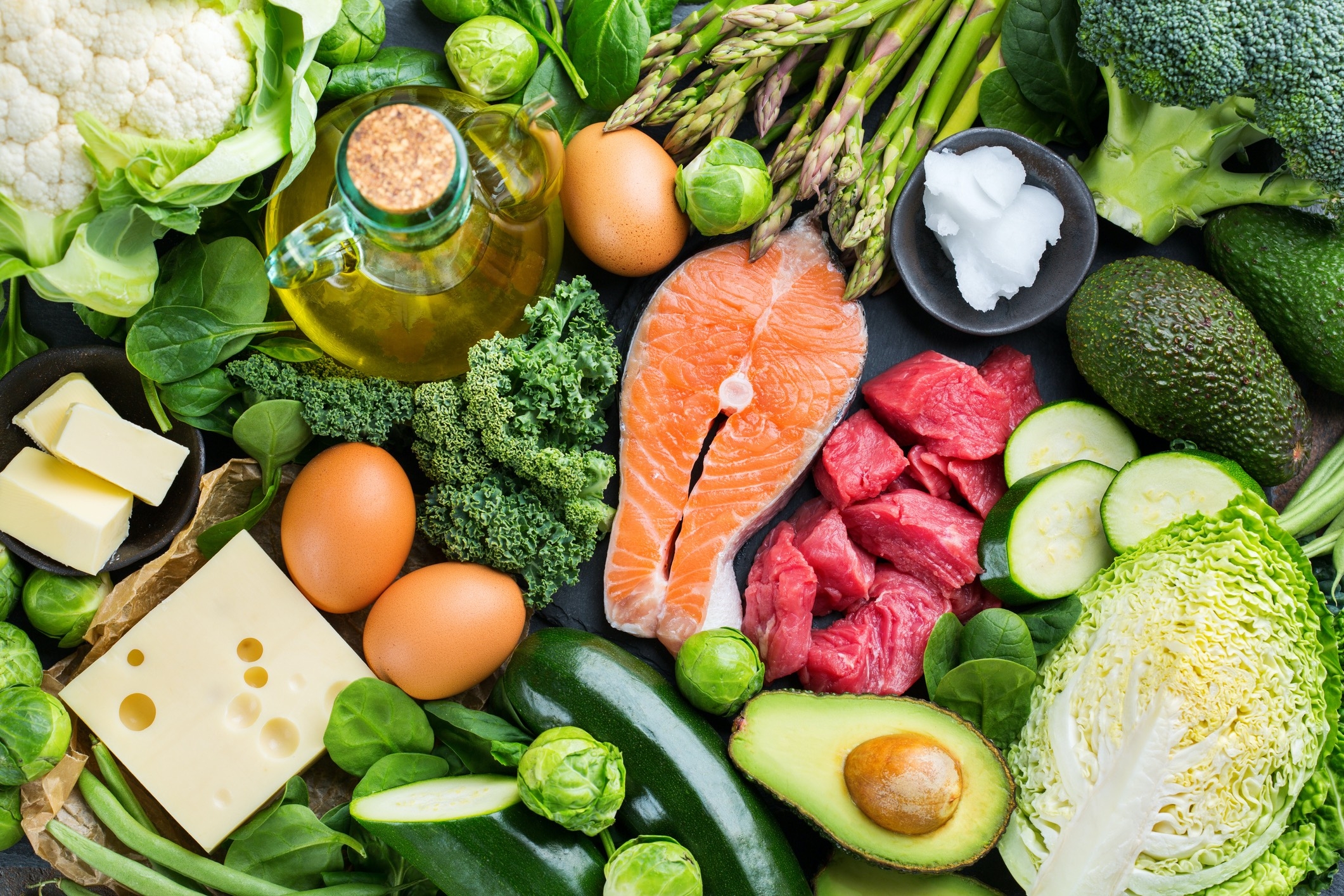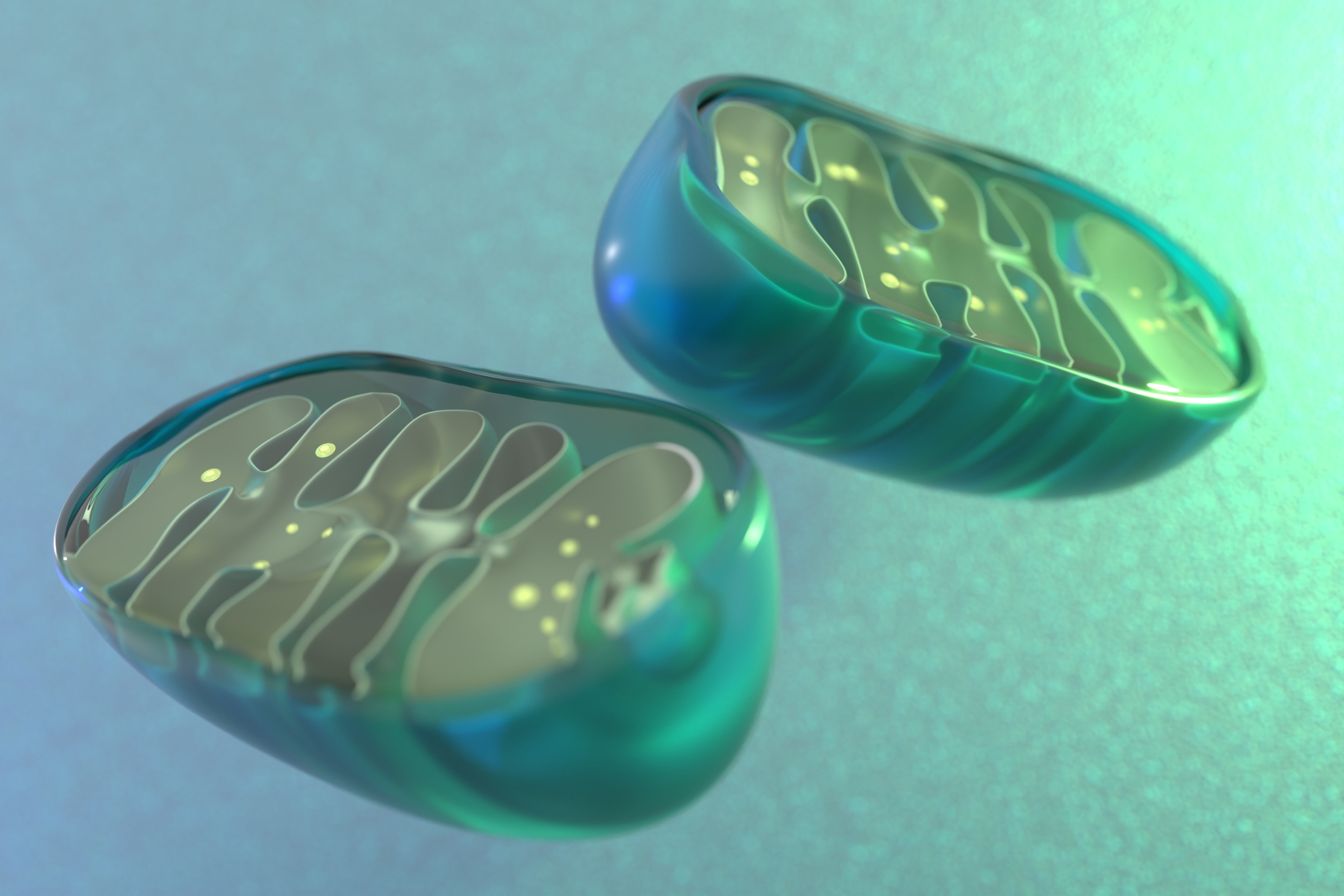What's Current in
Life Sciences
Image
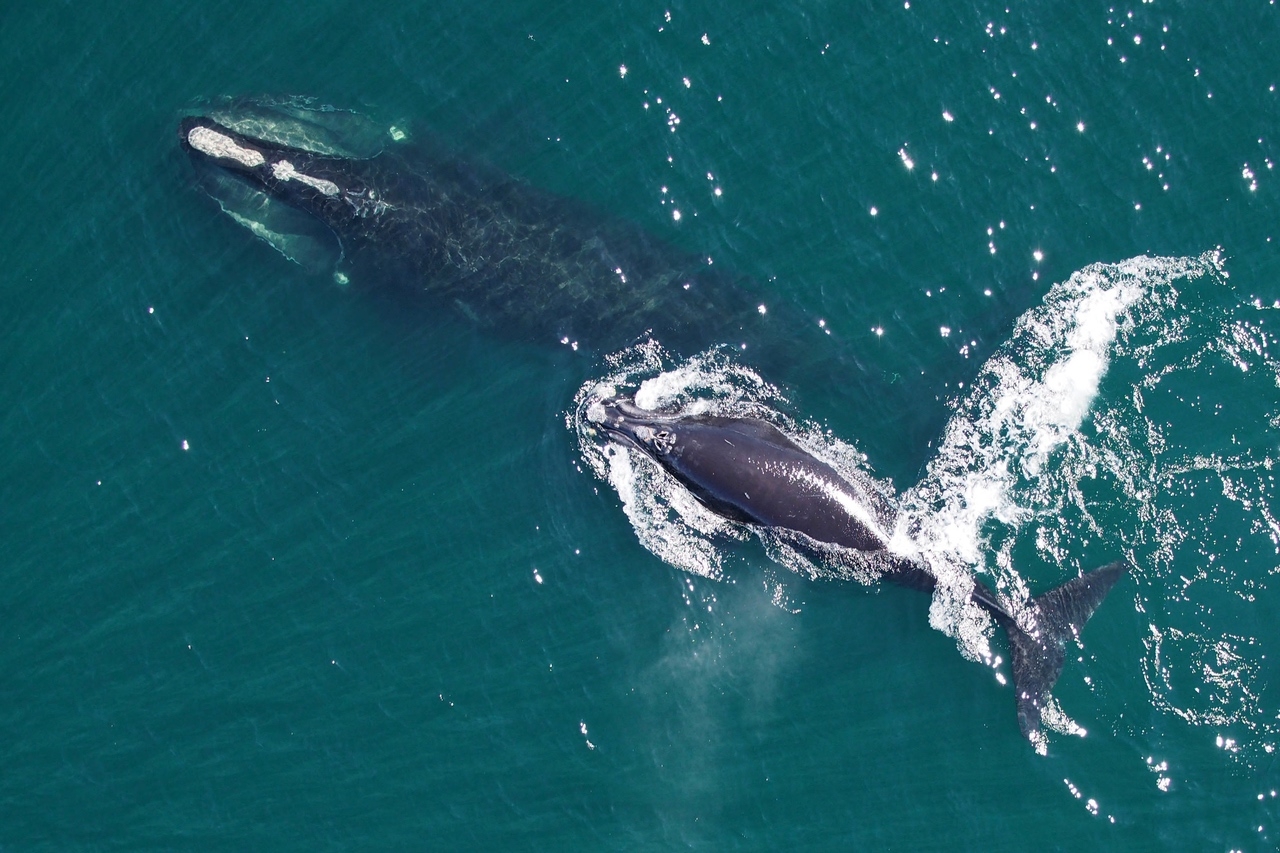
Photo Credit
NOAA Northeast Fisheries Science Center/Lisa Conger and Elizabeth Josephson
North Atlantic right whale mother and calf as seen from a research drone called a hexacopter
Image
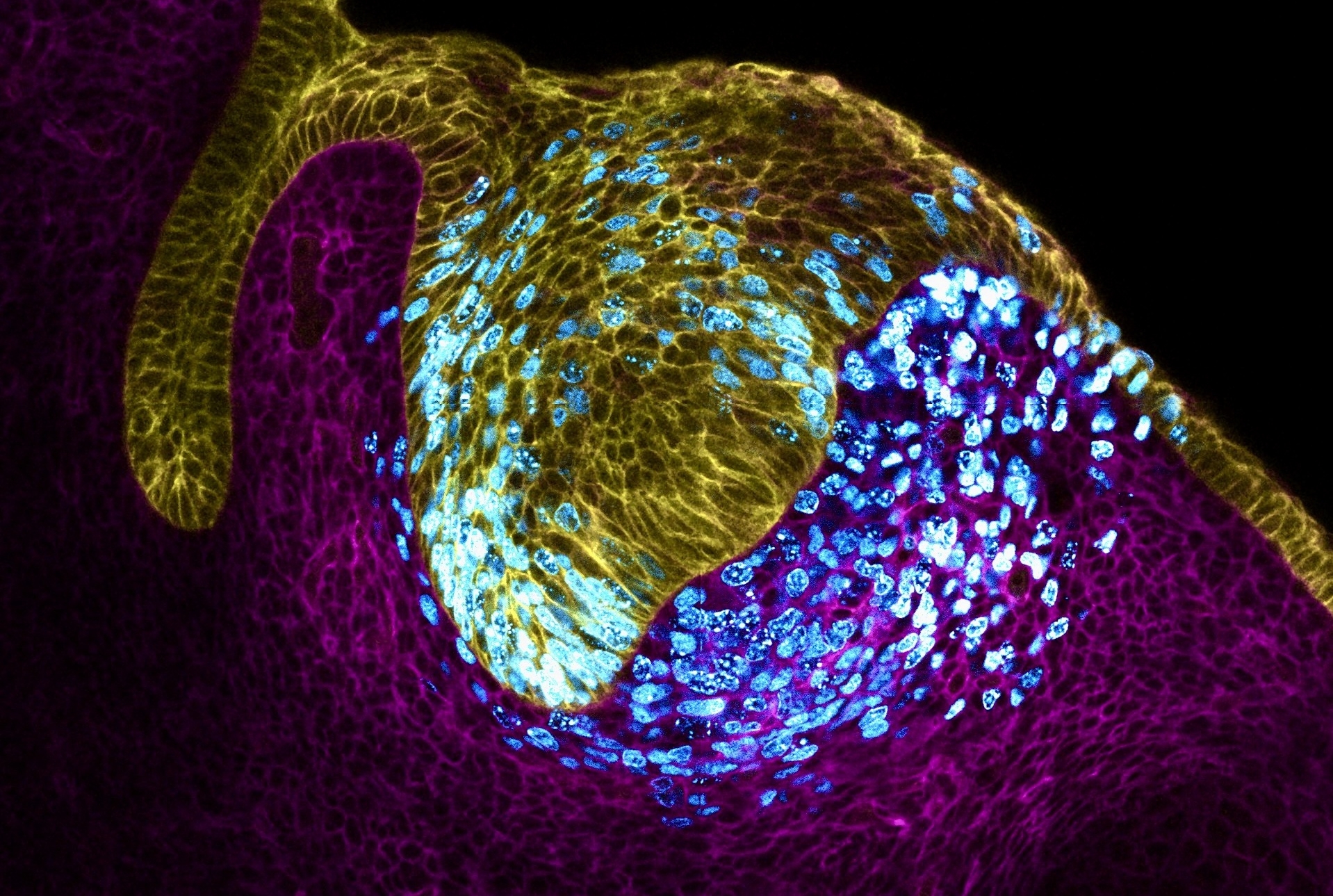
Photo Credit
Neha Pincha Shroff and Pengfei Xu
Tooth epithelium (cell surface; yellow) and mesenchyme (cell surface; magenta). Proliferating cells (cyan) expand the tissue, generating a mechanical pressure at the tissue center that drives the formation of the main tooth signaling center or organizer, the enamel knot.
Image
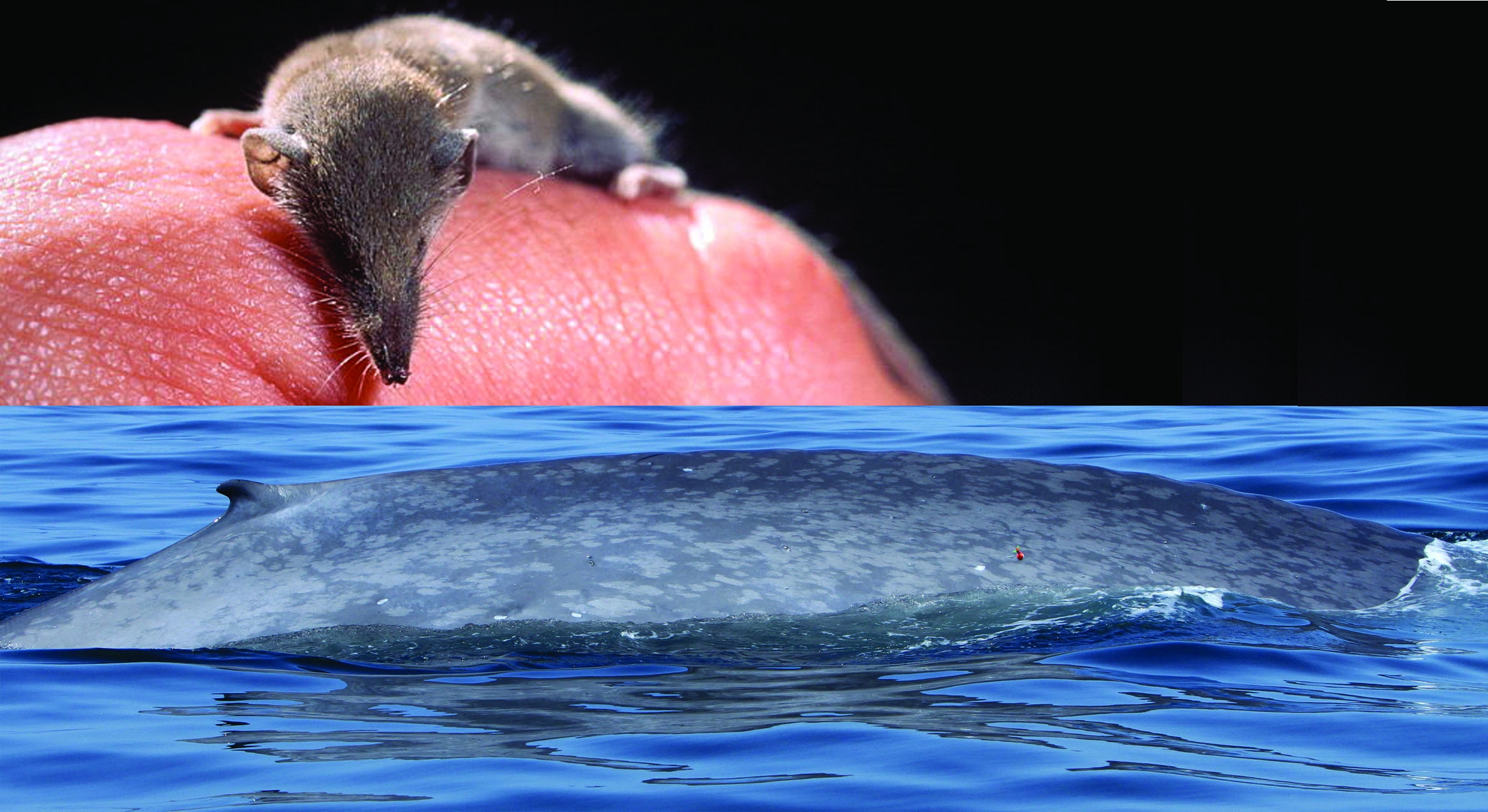
Photo Credit
Shrew: Trebol-a/CC BY-SA 3.0 Whale: Jeff Jacobsen
Image
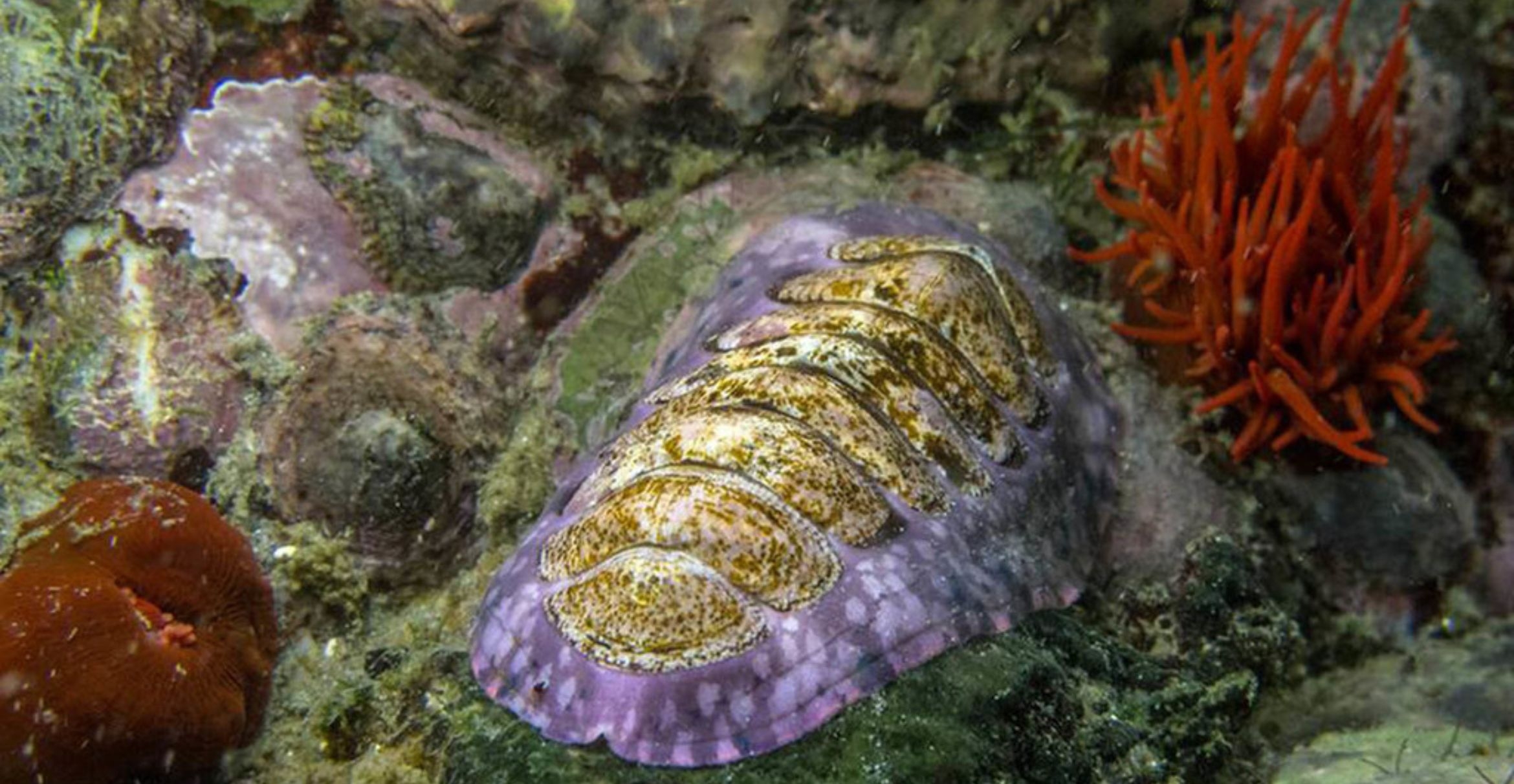
Photo Credit
Marcelo Rojas González via iNaturalist
The shell of the variable tonicia is covered in complex, image-forming eyes.
Image
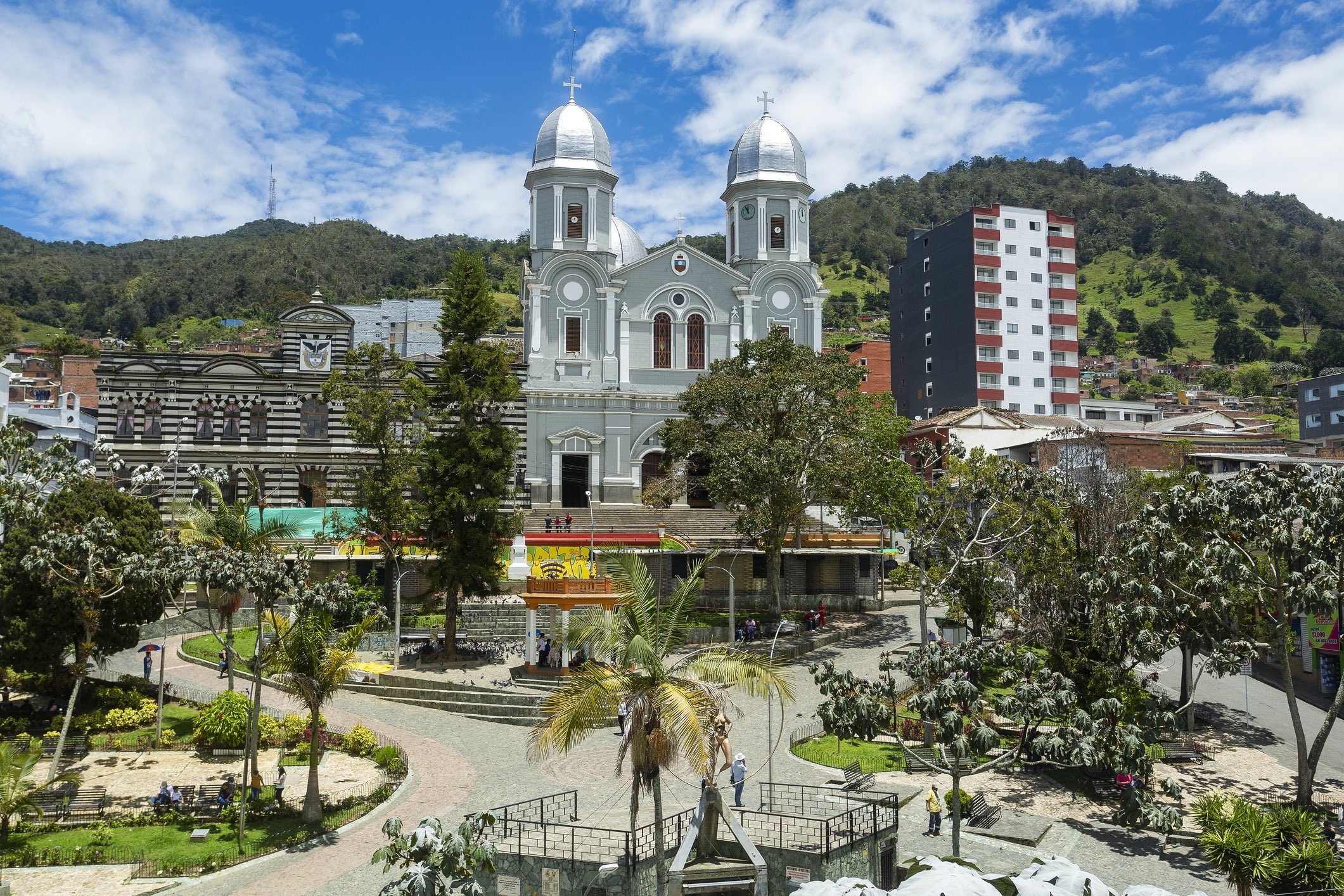
Yarumal, a municipality in the foothills of the Andes north of Medellín, is one of several communities in Colombia that host a large kindred with a genetic form of early-onset Alzheimer's disease
Image
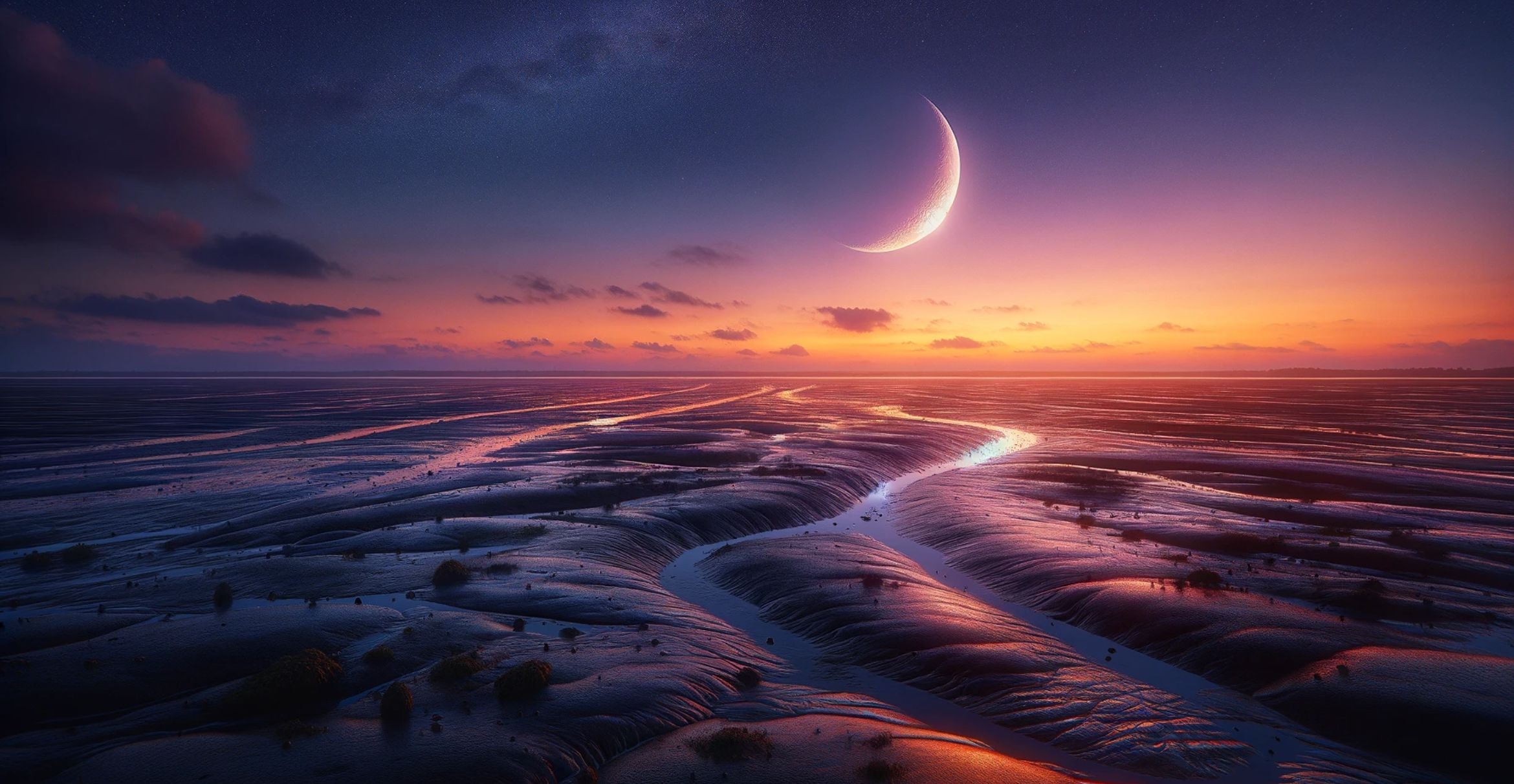
Photo Credit
DALL-E, prompt by Harrison Tasoff.
A soft summer evening in the Paleoproterozoic, as envisioned by DALL-E.
Image
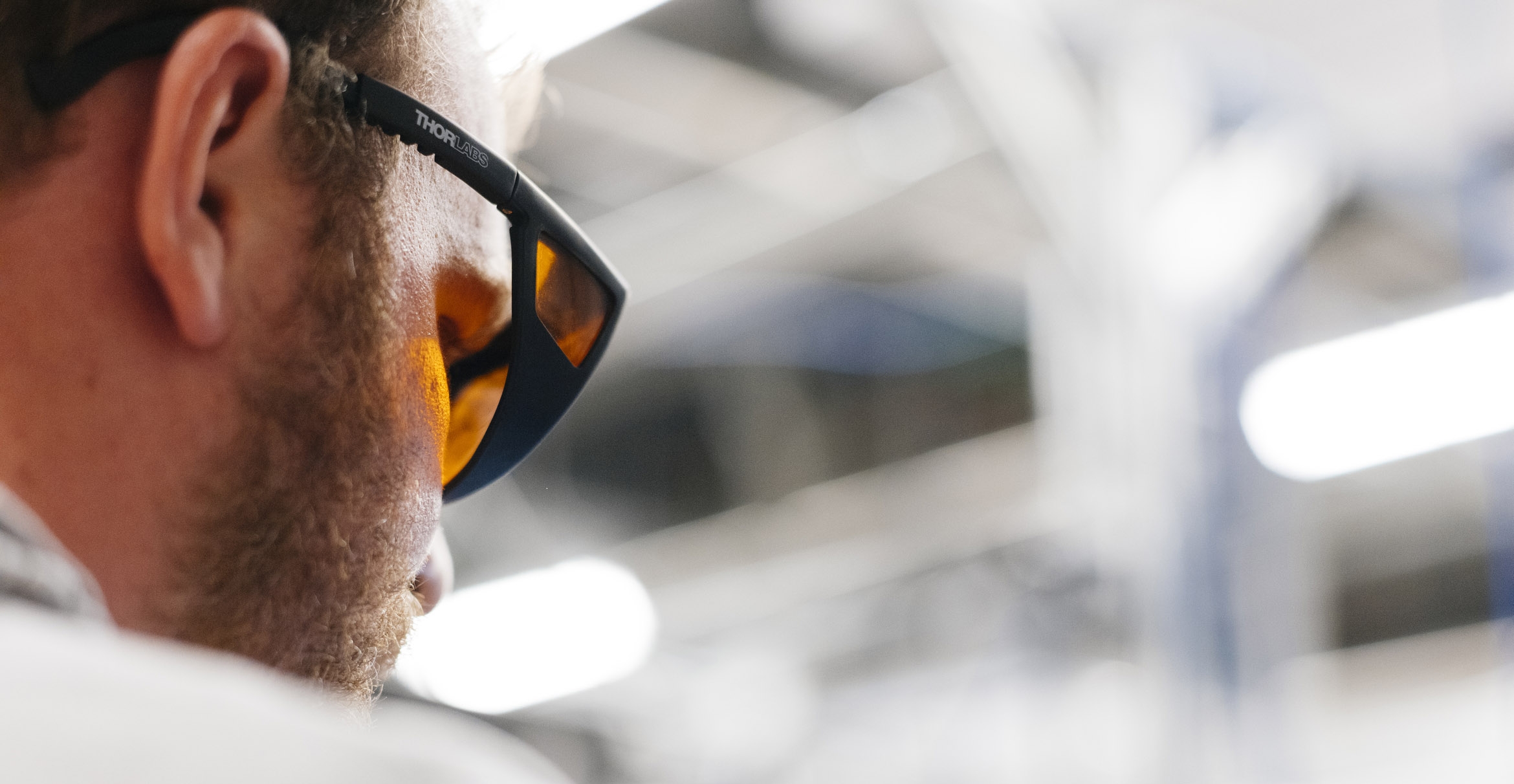
Photo Credit
Elena Zhukova
Image
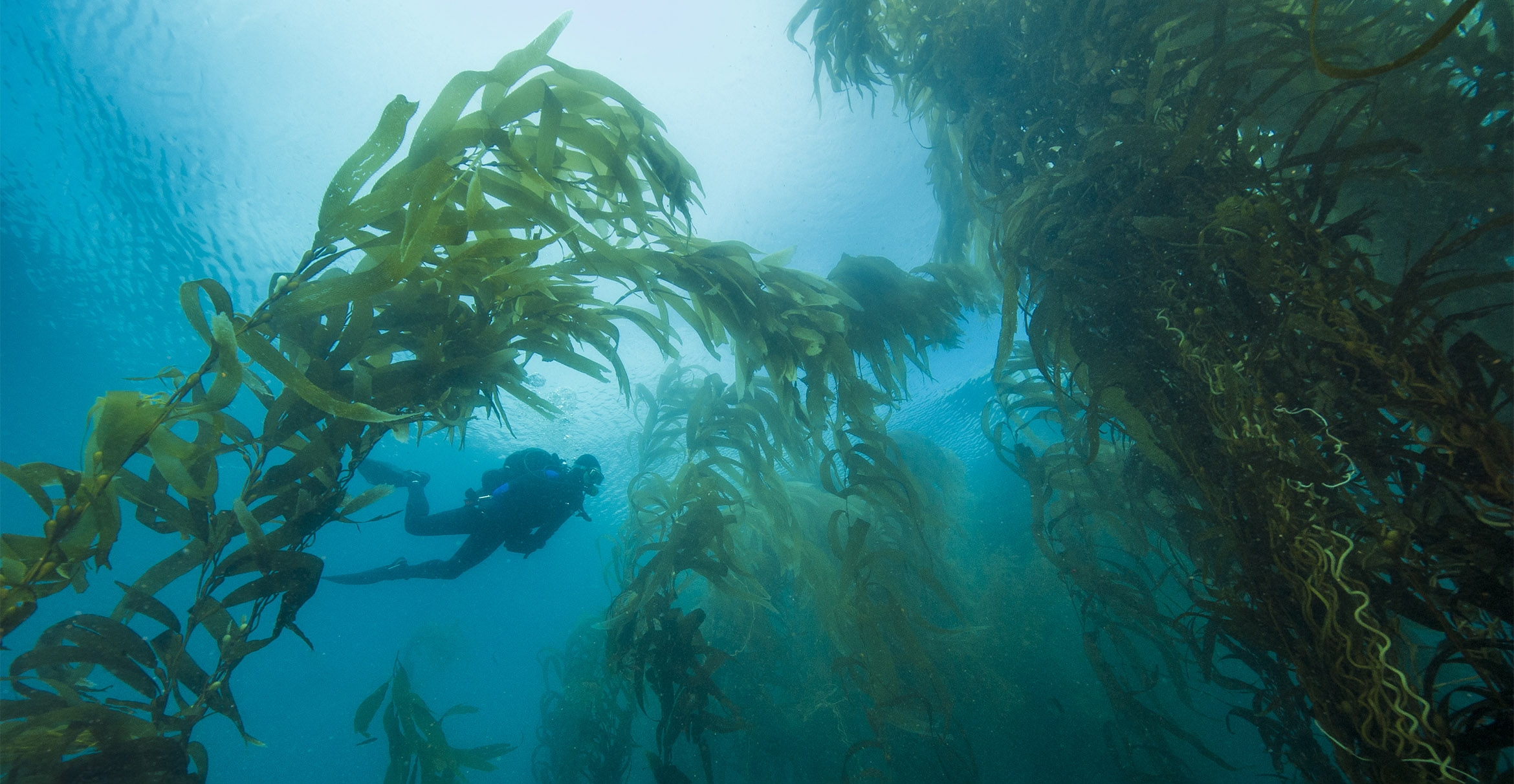
Photo Credit
Courtesy of NPS
Image
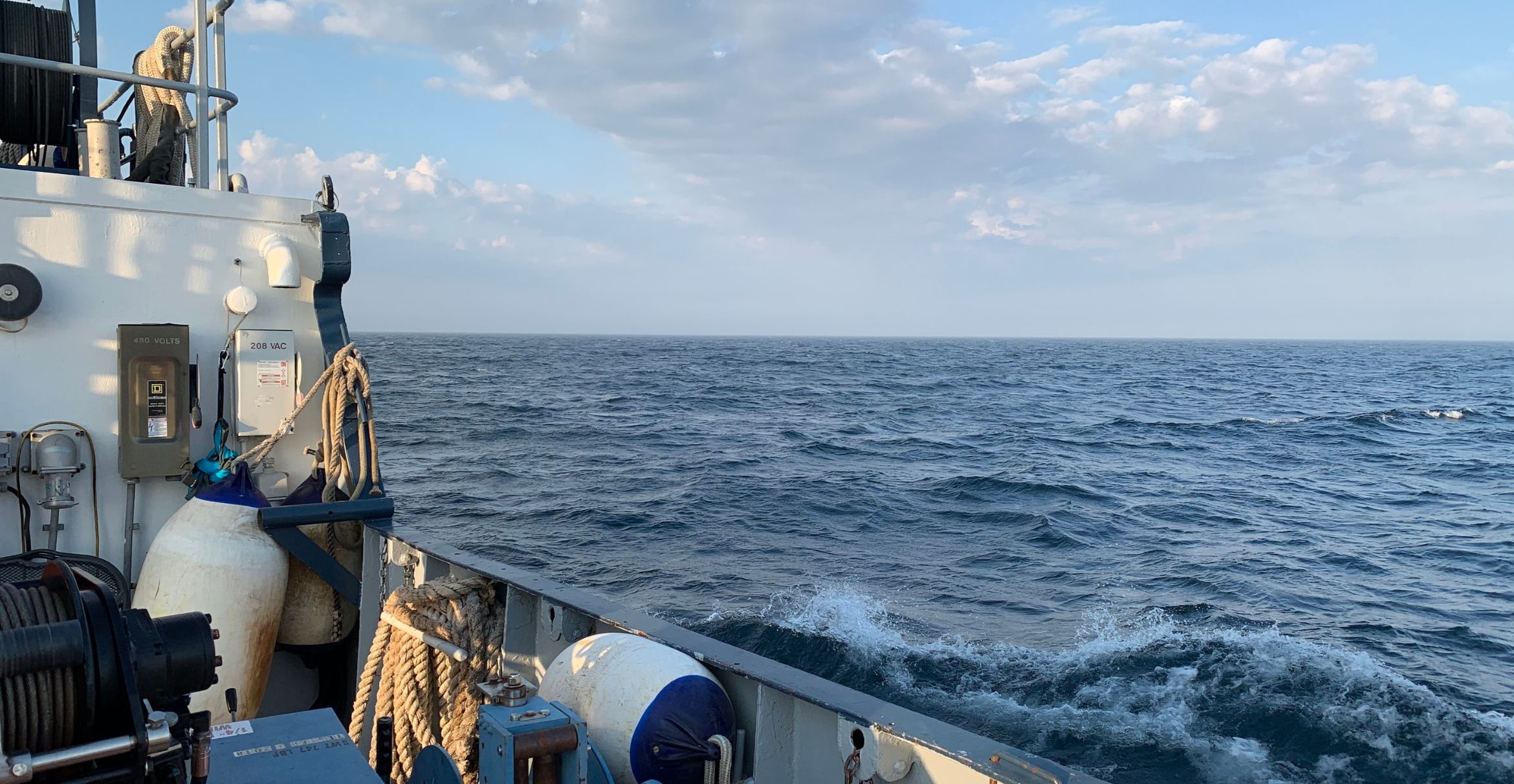
Photo Credit
Alexandra Phillips
The sulfate poor waters of Lake Superior could provide insights on the biochemistry of Earth's early ocean.
Image
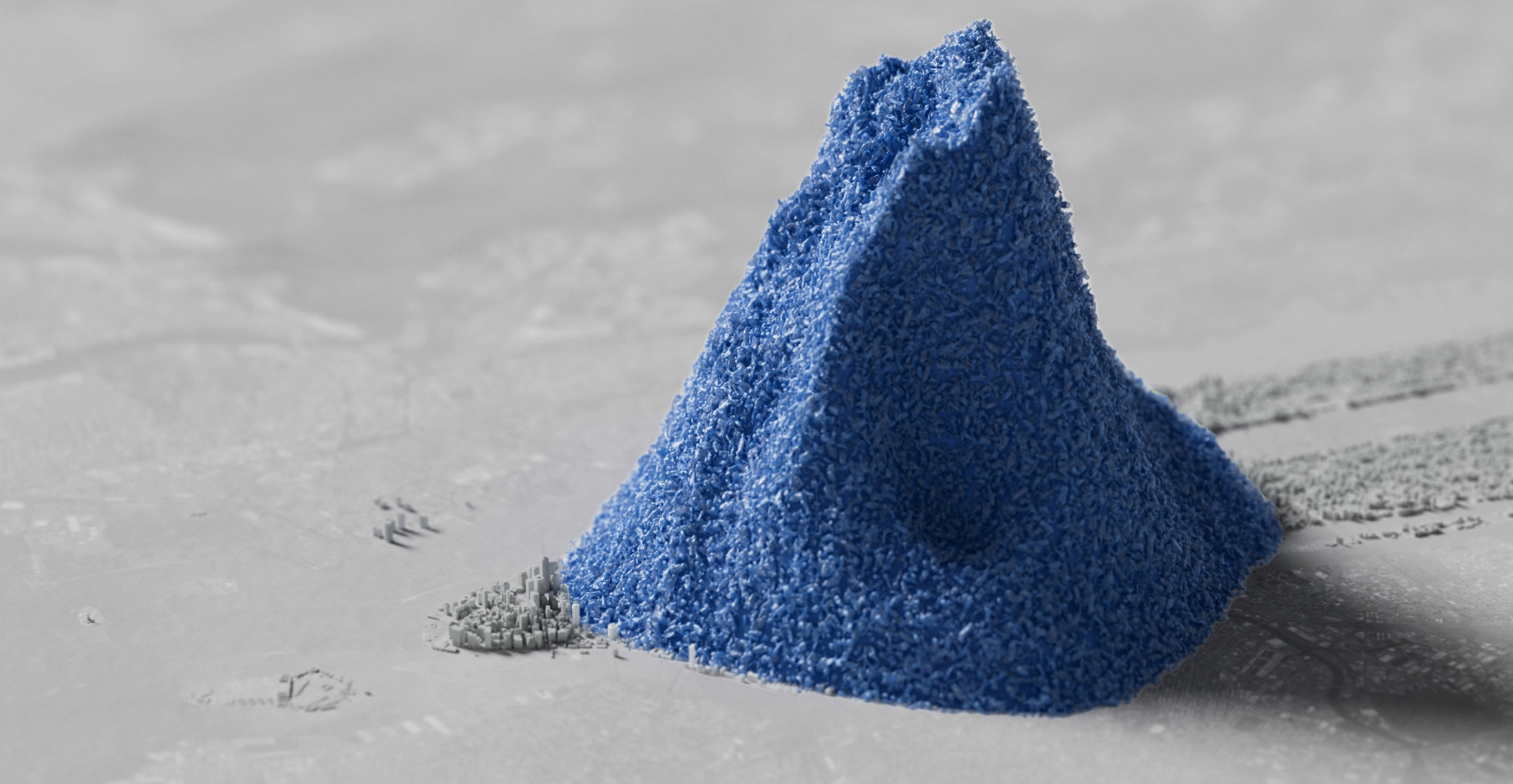
Photo Credit
Courtesy Benioff Ocean Science Laboratory
This image of a blue plastic pile represents the cumulative amount of plastic waste that would be generated between 2010 and 2050 — enough to cover the entire island of Manhattan, and ten times the height of the Empire State Building — under a business-as-usual scenario where no aggressive policy actions are taken.
